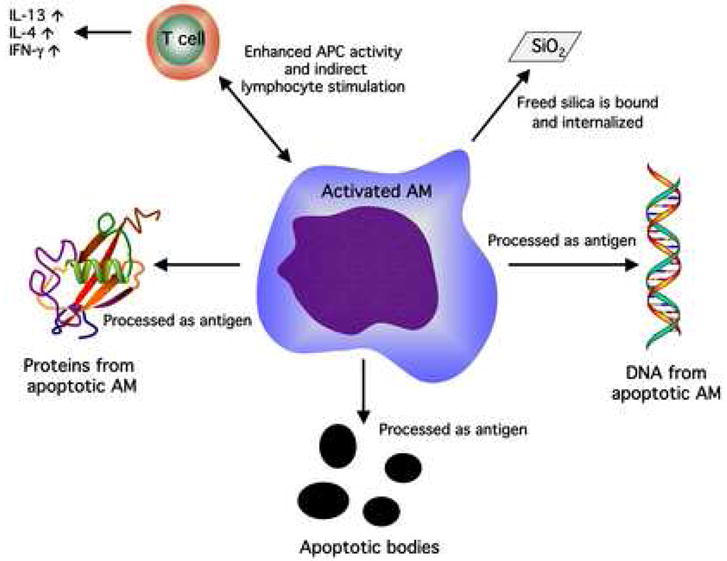Figure 5. Schematic of the potential sources of autoimmune dysfunction with regard to silica (SiO2) processing and the alveolar macrophage (AM).

Excessive cell death and apoptosis can lead to a source of autoantigens (apoptotic bodies, self-protein, DNA). The AM/T cell interaction following silica exposure in vitro has been characterized by enhanced T cell activity determined by excessive IL-4 (human only), IFN-γ, and IL-13 release. The free silica particle is indicative of the fact that SiO2 can be internalized more than once by different AM due to its capacity to kill the engulfing cell.
